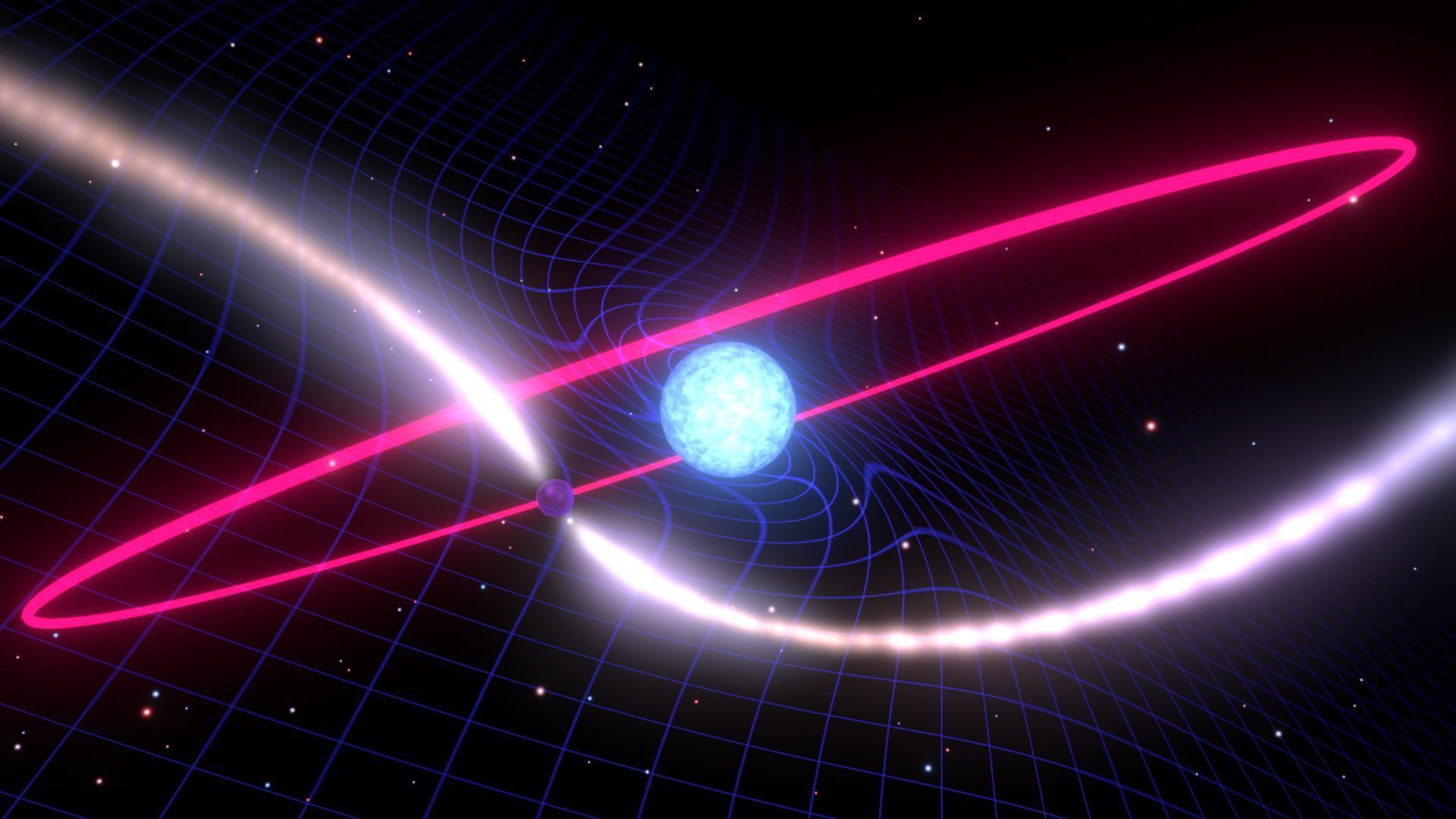Planets can drag and twist spacetime itself, scientists say after major new experiment proves Einstein correct

Your support helps us to tell the story
From reproductive rights to climate change to Big Tech, The Independent is on the ground when the story is developing. Whether it's investigating the financials of Elon Musk's pro-Trump PAC or producing our latest documentary, 'The A Word', which shines a light on the American women fighting for reproductive rights, we know how important it is to parse out the facts from the messaging.
At such a critical moment in US history, we need reporters on the ground. Your donation allows us to keep sending journalists to speak to both sides of the story.
The Independent is trusted by Americans across the entire political spectrum. And unlike many other quality news outlets, we choose not to lock Americans out of our reporting and analysis with paywalls. We believe quality journalism should be available to everyone, paid for by those who can afford it.
Your support makes all the difference.Planets can drag and twist spacetime itself as they move around, scientists have shown.
Astronomers have watched as the motion of a distant binary star system demonstrated the effects of "frame-dragging", which happens when massive objects pull at the spacetime that surrounds them.
It is the conclusion of a twenty-year study, and proves the theory correct a century after it was first suggested. It also confirms a prediction of Einstein's general theory of relativity.
Frame-dragging has been spotted on Earth, where satellites have examined the gravitational field of our planet as it rotates. But the effect is very small, difficult to measure and hard to examine.
More massive objects, such as neutron stars or white dwarfs, give scientists the chance to examine the phenomenon at a much grander scale.
To do that, researchers studied PSR J1141-6545, which is a young pulsar trapped in an intense orbit with a massive white dwarf. The pulsar served as something of a clock: they could watch as the pulses arrived, measuring them very precisely, over a period of twenty years, and watch for changes as they did.
They found that the pulses did indeed drift, as predicted by the theory. After discounting other possible causes, they were able to conclude that the drift was caused by the white dwarf causing the phenomenon of frame-dragging.
The idea that rotating bodies would be able to drag spacetime around with them was first suggested by Austrian mathematicians Josef Lense and Hans Thirring, who suggested it three years after Einstein published his general theory of relativity.
Though the effect can be seen at a very minor and subtle level on Earth, using gyroscopes and other technology, it is 100 million times more potent in the case of a rapidly spinning white dwarf.
Join our commenting forum
Join thought-provoking conversations, follow other Independent readers and see their replies
Comments